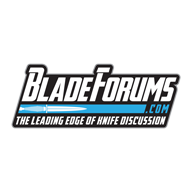This question is for KME users. How do you consistently clamp your knife in the same spot (or generally close) to the same spot?
Is there a solution to prevent guessing where you clamped previously?
Thanks, I'm really glad to have ordered the KME it's my first serious sharpening system.
Is there a solution to prevent guessing where you clamped previously?
Thanks, I'm really glad to have ordered the KME it's my first serious sharpening system.


